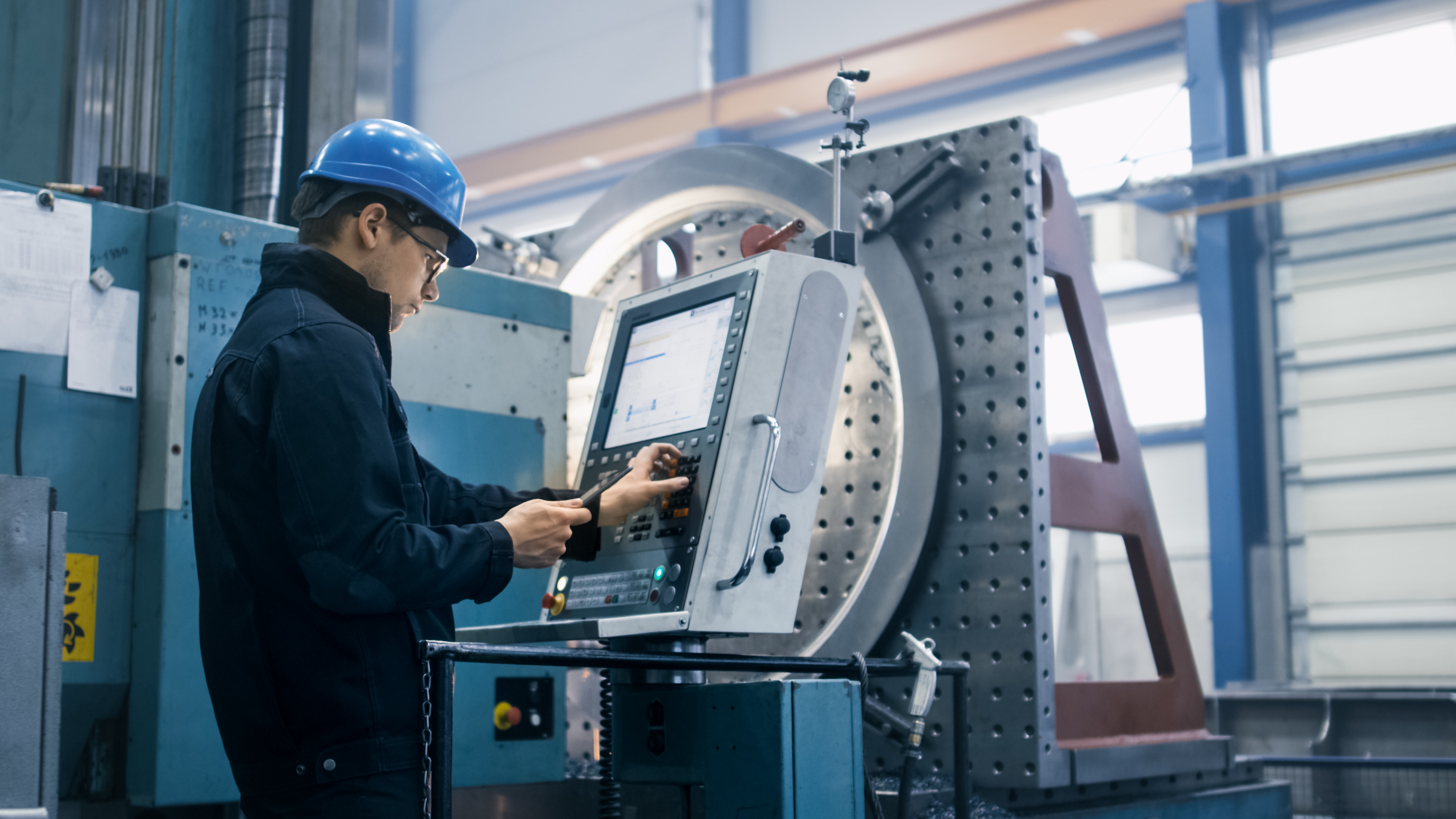In this post we list the top 5 workplace hazards in manufacturing industries.
The manufacturing industry is a catch-all term to describe many different fields and companies, encompassing everything from battery manufacturing to the plastics industry. Just as food manufacturing businesses have vastly different operational practices than the wood products industry, each company and field presents unique safety risks. Some manufacturing industries even have specific Occupational Safety and Health Administration standards and compliance regulations.
Despite these differences, there are several common safety hazards facing the manufacturing sector. Here are the top five:
- Falls
Falls are the leading cause for injury and death among American workers, especially in the construction sector. This prevalence of fall-related hazards in the workplace is also found in the manufacturing industry. Federal agencies frequently cite falls as one of the top three causes for death, injury or time off. As such, falls present a serious risk for those working at manufacturing facilities. Employers must take steps to implement comprehensive fall protection measures at their companies.
- Machine Guarding
As many workers operate heavy machinery everyday on the job, proper machine guarding is essential to keep workers safe. Far too often, OSHA cites manufacturers for exposing employees to improperly installed machine guards and hazards. For example, a Chicago metal container manufacturer now faces more than $81 thousand in OSHA citations after a third worker suffered amputation due to poorly installed machine safety guards.
- Powered Industrial Trucks
Injuries and deaths involving powered industrial trucks is another one of the top three hazards facing the manufacturing industry today. OSHA has outlined proper operational and training procedures for manufacturing or general industry employers whose workers operate fork lifts, motorized hand trucks, platform lift trucks and any other vehicle on the job.
- Electrical
While electrical hazards are a serious concern for those directly working with electricity, such as electricians and engineers, the manufacturing industry also has many electrical risks for its workers. Some of these electrical hazards may include improperly installed equipment, exposed wires, unlocked electrical panels and more. For example, during the winter months, snow may collect on workers boots. When it melts, it may result in small puddles throughout a facility. If wires are not properly covered, this incident could result in electric shock.
- Lockout/Tagout
According to OSHA, many energy sources in the workplace can be hazardous to manufacturing workers, such as electrical, mechanical or chemical machines and equipment. While workers are servicing or maintaining these pieces of heavy machinery, the unexpected release of energy or startup of the equipment could cause a serious injury or death. This is why employers must follow proper lockout/tagout procedures to prevent this occurrence.
IMEC Technologies provides Safety Management Software to increase worker safety and aid compliance. IMEC’s Safety Management Software will manage inspections and audits, provides hazard identification, incident reporting, management of corrective and preventative actions from generation to closure. IMEC provides lock out tag out software solutions that will allow users to create lockout tagout procedures using an intuitive Mobile App and Manage Lockout Tagout Procedures, also the Review and Execution of those Lockout Tagout Procedures using the Mobile App. Annual Lockout Tagout Procedures audits are conducted using a Mobile App. The Mobile Inspection App allow users to perform inspections and audits, for example the system can be used as a Fire Extinguisher Barcode Inspection Software system to manage monthly fire extinguisher inspections and general fire safety inspections and also to record safety observations and manage corrective actions, anywhere and anytime. The solution can be used as a fire extinguisher barcode inspection software system or life safety inspection system to aid compliance in Higher Education, Healthcare, Industrial and Commercial Organizations. Benefits from a Fire Extinguisher Barcode System include the elimination of paperwork and reducing the burden of compliance with regulations such as NFPA, The Joint Commission. The Incident Reporting App allows users to easily and quickly report incidents, hazards and near-misses, these are then sent to the appropriate people for action and are managed to closure. Web Apps provide features such as, setup, management, scheduling tools, analysis, reporting and dashboards etc with the ability to report incidents to government bodies such as OSHA and RIDDOR. HazMat T&T is a hazardous waste management software solution designed for Environmental Service Companies and companies who generate a large quantity of hazardous waste. The solution tracks hazardous waste from cradle to grave aiding compliance, providing accurate waste inventory, increasing waste handling efficiency, reducing risk and also helps manage waste costs. HazMat T&T Hazardous Waste Management Software can be deployed in a number of deployment scenarios, from Large Hazardous Waste Generators, tracking their hazardous waste at their site to Environmental Service and Waste Management Companies using it track and manage hazardous waste at transfer and disposal sites. For more information visit our website www.imectechnologies.com

